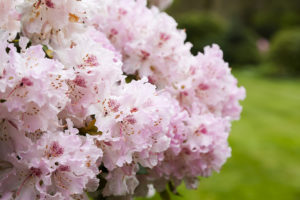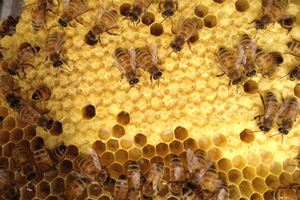- All-In-One Beekeeping for the Bees
- +1-608-728-8233
- info@beepods.com
What Plants To Avoid In Your Pollinator Garden

Dead Bee laying on a hyacinth flower in the garden
Part of being a good beekeeper is knowing what food sources to provide your bees and which ones to avoid. It may come as a shock to know that not all plants are good for your bees. In fact, certain plants can be toxic or lead your bees to create toxic honey, which could harm you. We’ve compiled a list of some plants you should avoid planting in your pollinator garden to keep everyone safe.
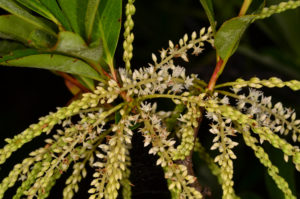
Swamp Titi
Or, red titi, swamp cyrilla, or leatherwood”
Swamp titi is a shrub with small, fragrant blooms that are oh so enticing to bees, However, the nectar from these flowers can cause Purple Brood. If honeybees bring this nectar back to their hive, beekeepers may notice the brood turning dark blue or purple. This is poisonous to brood and can cause them
to die or be deformed. These shrubs are typically found in the South, in states like Georgia, Florida, and the Carolinas. While they may be beautiful, they should be avoided in your garden.
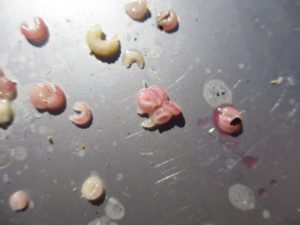
California Buckeye
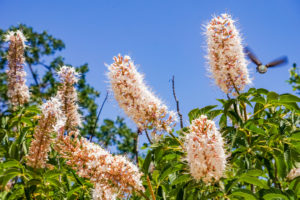 These beautiful trees may add shade to your yard, but they’re tricky. These trees provide great habitat and food for native pollinators. But, most domesticated honey bees are European honey bees, and the nectar from these blooms can be very toxic. When the worker bees bring this nectar back to the hive, it can cause deformed larvae or death soon after the larvae hatch.
These beautiful trees may add shade to your yard, but they’re tricky. These trees provide great habitat and food for native pollinators. But, most domesticated honey bees are European honey bees, and the nectar from these blooms can be very toxic. When the worker bees bring this nectar back to the hive, it can cause deformed larvae or death soon after the larvae hatch.
Yellow Jasmine
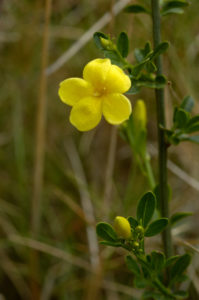 Yellow Jasmine is a beautiful climbing vine, typically found in the south. These deep yellow blooms are deliciously fragrant but extremely lethal to bees. In most cases, a bee will die within 24 hours of consuming its nectar and pollen. The bee will appear intoxicated, lose muscle control, and slowly pass away.
Yellow Jasmine is a beautiful climbing vine, typically found in the south. These deep yellow blooms are deliciously fragrant but extremely lethal to bees. In most cases, a bee will die within 24 hours of consuming its nectar and pollen. The bee will appear intoxicated, lose muscle control, and slowly pass away.
Rhododendron
Much like the California Buckeye, Rhododendron is not toxic to bees in their native habitat. For the most part, Rhododendron is native to Asian countries but was brought over to the United States for decorative purposes. The main toxicity from Rhododendron lies in the honey that the bees produce from it. Some of the honey is used in places like Nepal as a delicacy for the psychedelic effects it gives the consumers. However, if someone ate Rhododendron honey they would typically have nausea, vomiting, and diarrhea. Very rarely is this honey fatal.
Final Thoughts
An important thing to keep in mind. It’s nearly impossible to prevent your bees from going to a toxic bloom. What is important to know is that the only way honey will make someone sick is if the only source of that honey is nectar and pollen from one of these toxic plants. Your bees will be visiting such a larger variety of forage sources that you won’t have to worry too much about your colony being poisoned. However, preventive measures, like not planting toxic plants or my only planting native plants in your yard can greatly decrease the chance of your bees and your honey being tainted.
You don’t need to be a gardening master to be an excellent Beekeeper, but having all the knowledge you can get doesn’t hurt. You can learn a lot more about beekeeping and sustainable gardening by joining our Beepods Lab. You’ll gain access to exclusive training guides, videos, print-offs, and so much more. Sign up today, you won’t regret it!
Sources:
Beepods, 2019
https://www.beepods.com/honey-that-makes-people-mad/
Purple Brood
Swamp Titi
Mary H. Dyer, 2020
California Buckeye
UC Davis, 2014
Yellow Jasmine
Anne Van Nest, Lady Bird Johnson Wildflower Center, 2015
https://www.wildflower.org/expert/show.php?id=10689#:~:text=The%20yellow%20jasmine%20is%20a,March)%20and%20are%20very%20fragrant.&text=It%20is%20reported%20as%20poisonous%20to%20the%20bees.
Monica Cull
Latest posts by Monica Cull (see all)
- What Plants To Avoid In Your Pollinator Garden - May 28, 2021
- Bee Adventurous: On Mental Health And What Bees Have Done For Me - May 24, 2021
- Celebrate Endangered Species Day For The Bees - May 21, 2021

